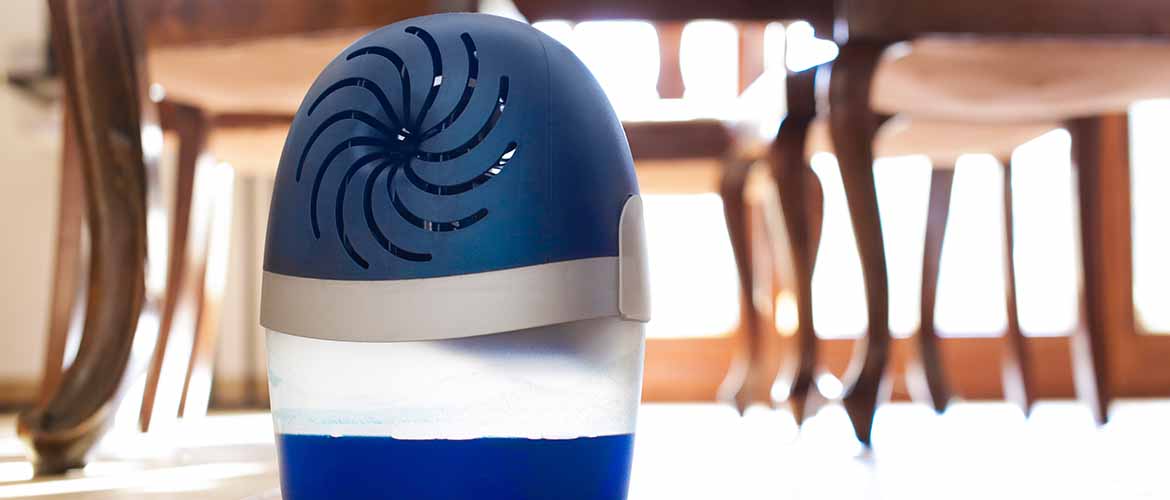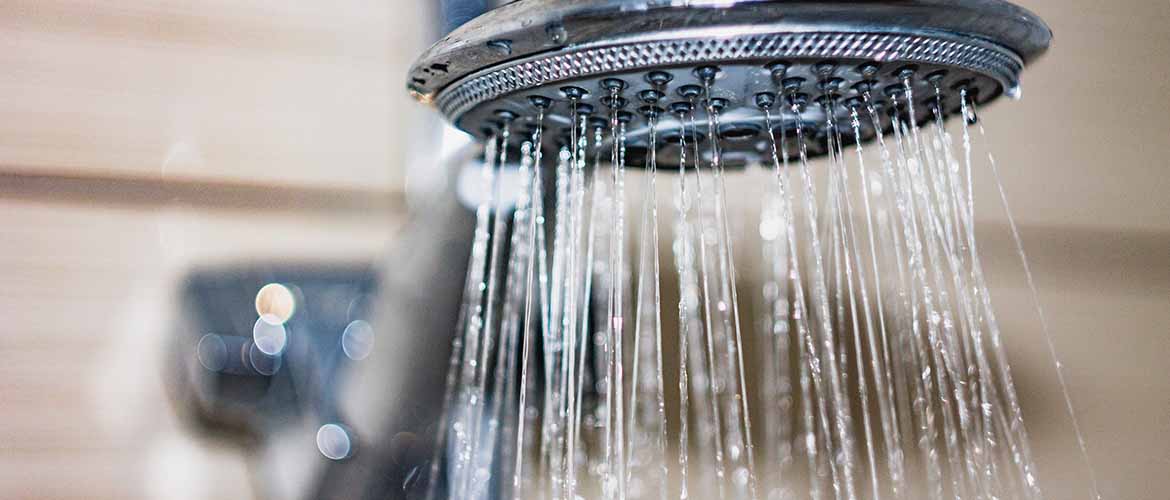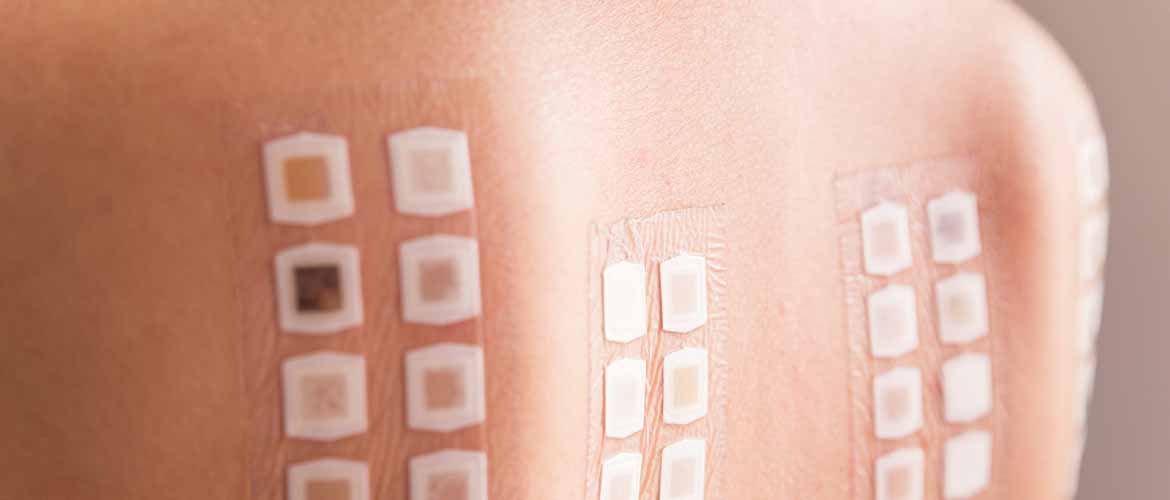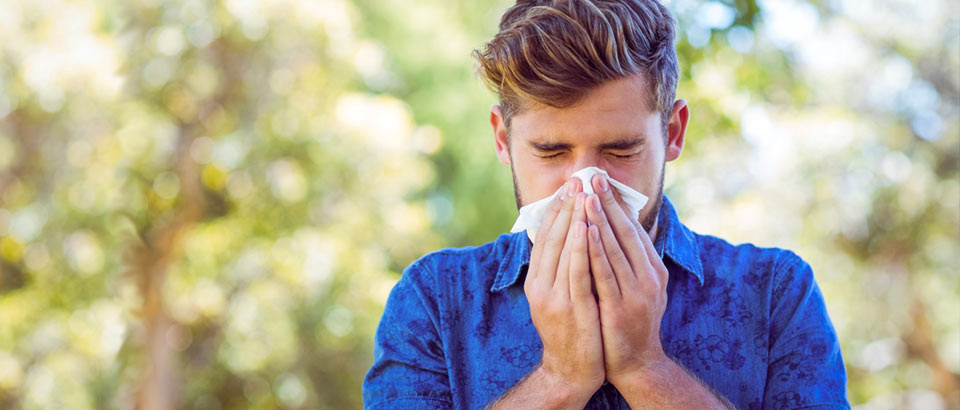August 15, 2024
Chances are you already know if you are one of the roughly 60 million Americans who suffer from seasonal allergies, also known as hay fever.1
Each spring, summer, and fall − and even in the winter in some states − plants release tiny pollen grains to fertilize other plants of the same species. Most of the pollen that causes allergic reactions comes from trees, grasses and weeds.2
Allergies develop when the body’s immune system becomes sensitized and overreacts to something in the environment. These triggers typically cause no problems in other people, which is why we label them as allergies.
While it’s common for allergies to emerge in childhood or young adulthood, people can develop allergies at any age. Allergies can also be genetic. The predisposition to develop an allergy is always present in those who come from allergy-prone families, but what brings it out at a certain age or stage of life isn’t yet understood.3
Common Seasonal Allergy Triggers
When is allergy season? That’s a great question – well, different allergens can strike at different times of the year triggering mild to more severe symptoms such a sinus infection. Whether you’re affected at a given time depends on what allergens your body reacts to and when those are in the air.
Learn more about allergy symptoms.
Spring Allergies: Depending on where you live, spring allergy season can start as early as January and last through early summer. Tree pollen is the first pollen to appear each year in the United States.2
Summer Allergies: Grass pollen is typically the main cause of late spring and early summer allergies. When the day is windy and warm, pollen counts can surge.
Fall Allergies: The late summer and early fall is weed pollen season. Ragweed is the most common culprit for fall allergies. About 75% of people allergic to spring plants also have reactions to ragweed.3 However, mold and dust mites can also trigger fall allergies. Since molds are fungi that thrive in moist, damp environments – this means the rotting leaves of fall provide an excellent home for mold growth and releasing spores into the air to reproduce.4
Winter Allergies: Most outdoor allergens lie dormant during this season. Although cold weather means you're spending more time indoors, it can increase your exposure to indoor allergens such as dust mites, mold and pet dander.
Here are tips for how to help with allergies before they affect you:
Know Your Triggers Before They Strike
Most allergists offer routine testing to help you determine what might be setting off your sniffles, and will help you create a plan of action to manage your symptoms before they start.
Shut Your Windows
While allergens have a way of working their way into our homes, keeping your windows and doors shut during allergy season can limit your extended exposure to irritants.
Avoid Outdoor Chores
Lucky you! Delegate lawn mowing and other outdoor tasks to another member of the family, or wear an allergy-approved mask.2
Control the Air

Run air conditioning with a HEPA (high efficiency particulate air) filter.6 You may also be wondering do humidifiers help with allergies or does a dehumidifier work better? Dust mites do not drink water, but instead absorb moisture from the air. In areas with low humidity, dust mites cannot survive, so lowering the humidity in your home can keep them from continuing to be an irritant.7 Maintain the temperature between 68F and 72F and keep humidity no higher than 50 percent.8 It’s important to find an ideal humidity level that eases your symptoms but isn’t so high that it encourages dust mites and mold to flourish.
Lather Up

Take a shower, wash your hair, and change your clothes after being outside to limit your continued exposure to outdoor allergens that might still be in your hair or clinging to your clothes.
Eliminate Allergen Safe Harbors
Replace carpet in your home with non-toxic hardwood floors and utilize washable area rugs where needed. If you have a dog or a cat, try and keep the animals out of your bedroom and bathe them at least once a week to help cut down on the amount of dander they shed. Be sure to wash your allergy-approved pillowcases and blankets at least once a week in water heated to at least 130F.8 Overall, try to reduce any clutter that can collect dust around your house.
Treat Your Symptoms

There are many medications available over-the-counter and via prescription that treat allergy symptoms in different ways. Stubborn allergies may even require seeing an allergy specialist. Your MedExpress provider can perform a history and physical exam to help formulate an allergy treatment plan and help get your symptoms under control.
Most importantly, take action. Chances are, if you suffer from seasonal allergies, there is a way to make that eye-watering, nose-running time of year a healthier season for you.
Originally published October 2018. Updated August 2024.
allergies or COVID-19?
MedExpress has you covered with convenient COVID-19 medical evaluations and testing.
References:
1 CDC. Allergens and Pollen. Last updated March 2, 2024. Accessed August 15, 2024.
2 AAFA. Pollen Allergy. Accessed January 12, 2022.
3 CDC. Fall Allergies. Last updated March 13, 2022. Accessed January 17, 2022.
4 ACAA. Mold Allergies. Accessed January 12, 2022.
5 ACAAI. Allergies - Symptoms and Treatment. Last updated 2014. Accessed September 24, 2018.
6 Mayo Clinic. Seasonal allergies - Nip them in the bud. Last updated May 12, 2018. Accessed September 24, 2018.
7 American Lung Association. Dust Mites. Last updated December 8, 2017. Accessed September 24, 2018.
8 Mayo Clinic. Allergy-Proof Your Home. Last updated December 22, 2022. Accessed February 6, 2023.



